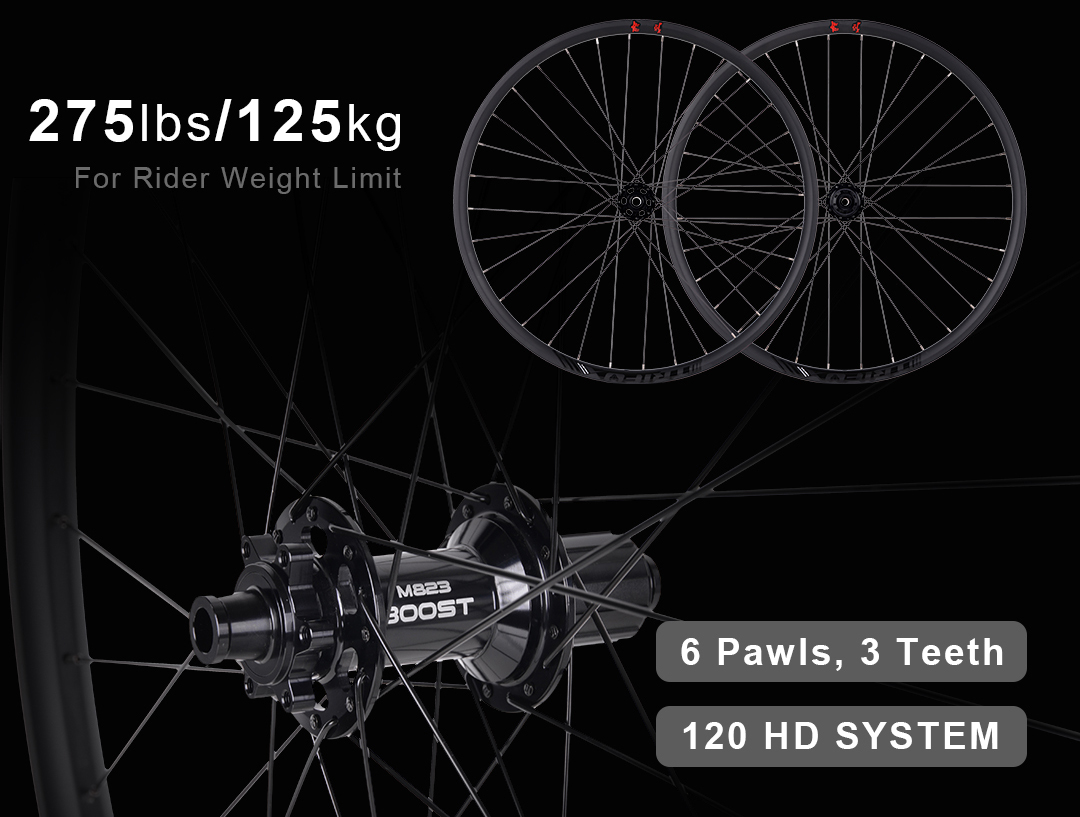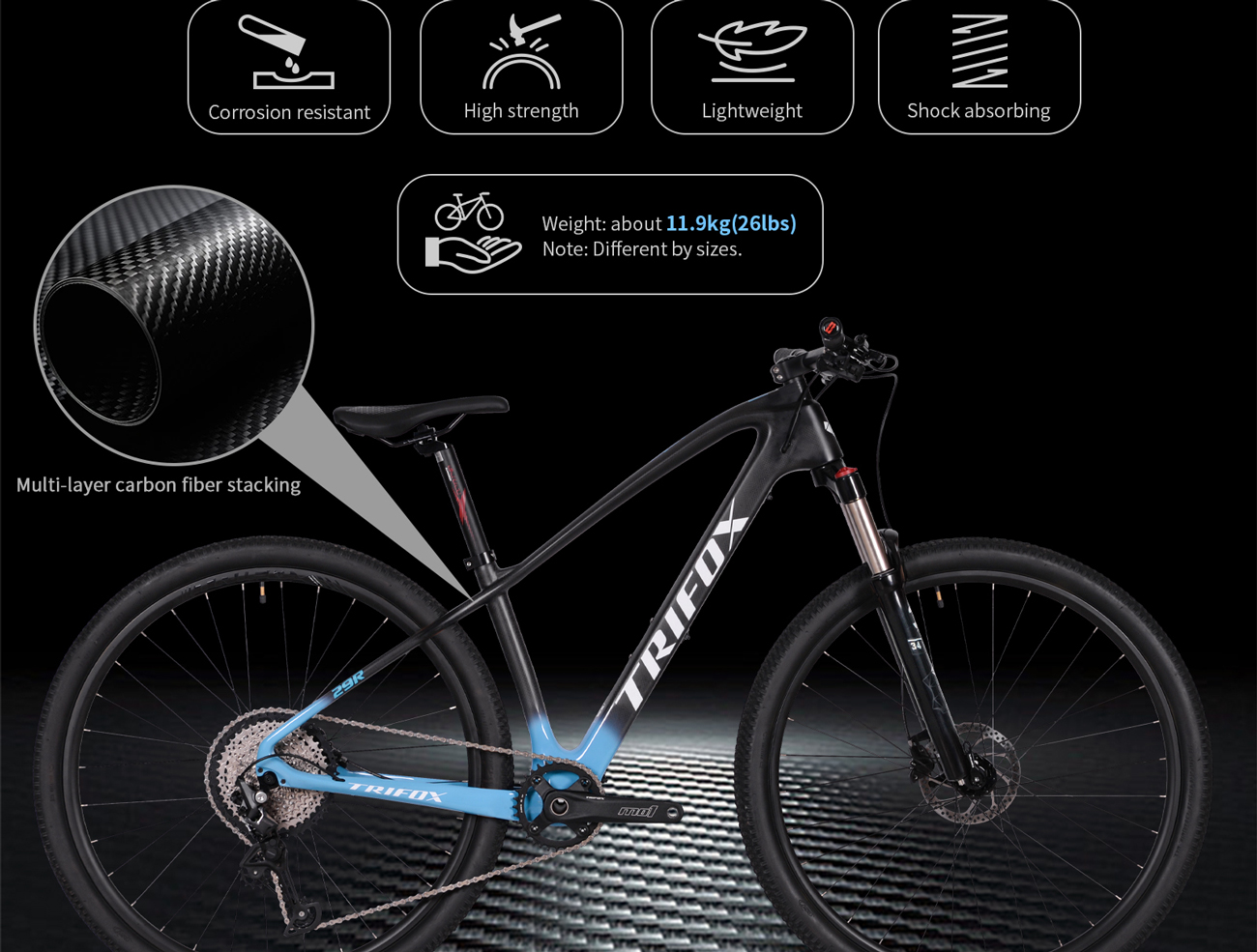Whether you’re a competitive cyclist, a recreational rider, or someone aiming to improve fitness, setting goals is crucial for progress. Goals give purpose and direction to your cycling journey, helping you stay motivated, track progress, and push your limits. But it’s not enough to simply say, “I want to get better at cycling.” Achieving goals requires strategy, dedication, and a clear plan. So, what are the best strategies for setting and achieving your cycling goals?
1. Define Clear, Measurable Goals
The first step in any goal-setting process is to define clear, measurable objectives. Without clear goals, it's easy to lose sight of what you want to achieve. Instead of saying, “I want to ride more,” set specific targets, such as:
-Ride a certain number of miles per week: “I will ride 100 miles per week.”
-Achieve a specific speed or time: “I will improve my 10-mile time by 10%.”
-Participate in a cycling event: “I will complete a 100-mile race by the end of the season.”
Measurable goals make it easier to track your progress and stay motivated, as you can see the tangible improvements over time.
2. Break Goals into Smaller Milestones
Once you have your big goal, break it down into smaller, more manageable milestones. These milestones act as checkpoints on your journey and give you a sense of achievement as you progress. For instance, if your ultimate goal is to complete a century ride (100 miles), break it down into milestones like:
-Week 1: Ride 30 miles
-Week 3: Ride 50 miles
-Week 6: Ride 75 miles
-Week 9: Complete 100 miles
Smaller, incremental goals help you stay focused without becoming overwhelmed by the larger target. They also provide an opportunity for frequent celebrations and reinforce the habit of progress.
3. Focus on Consistency Over Intensity
Consistency is key to progress in cycling. While it’s tempting to push yourself hard during a single workout, long-term success comes from steady, consistent effort. Try to establish a regular cycling schedule that fits your lifestyle and gradually increases in intensity over time.
For example, if you’re aiming to build endurance, focus on steadily increasing your weekly mileage. If you’re working on speed, try to gradually improve your time on a set route or track.
Remember, consistency doesn’t mean pushing yourself to exhaustion every ride. It means making cycling a regular habit, which will pay off over time.
4. Track Your Progress with Technology
One of the advantages of cycling in the modern age is the plethora of technology available to help track your progress. Bike computers, GPS devices, fitness apps, and heart rate monitors can provide valuable data on your performance. Track metrics like speed, distance, heart rate, cadence, and elevation gain to see where you are improving and where you need to focus.
For example, tools like Strava and Garmin can track your rides and let you compare performance over time. This data-driven approach helps you stay focused and adjust your training plan as necessary.
5. Create a Training Plan
A structured training plan tailored to your cycling goals is essential for making measurable progress. Whether you’re training for a race or simply aiming to improve your fitness, a well-balanced training plan should include:
-Endurance rides: Longer, steady rides to build stamina.
-Interval training: Short, intense bursts of effort followed by rest periods to improve speed and power.
-Strength training: Exercises off the bike (like leg and core workouts) to improve cycling performance and prevent injury.
-Rest and recovery: Incorporating rest days is crucial to allow muscles to repair and grow stronger.
A structured training plan ensures that you’re working on different aspects of your cycling abilities and prevents burnout.
6. Stay Flexible and Adapt Your Plan
Life can sometimes interfere with your best-laid plans, whether it’s weather conditions, illness, or other commitments. It’s important to stay flexible and adapt your goals and training plans when necessary. Missing a few rides or having to adjust your target date isn’t a failure—it’s an opportunity to learn and adjust.
For example, if weather conditions cause you to miss an outdoor ride, consider doing an indoor trainer session or an alternate form of exercise to maintain fitness.
7. Celebrate Milestones and Stay Positive
Cycling goals can take time to achieve, but celebrating small victories along the way can help you stay motivated. Whether it’s completing a challenging ride, hitting a personal best, or simply sticking to your training schedule, recognize your progress. Positive reinforcement is key to maintaining enthusiasm, especially during tough times.
Additionally, maintain a positive mindset and focus on your progress rather than setbacks. Cycling can be challenging, but with persistence and the right strategies, you can overcome obstacles and reach your goals.

Conclusion
Setting and achieving cycling goals requires more than just motivation—it requires a clear strategy. By setting specific, measurable goals, breaking them into manageable milestones, staying consistent, and tracking progress, you’ll be well on your way to becoming a better cyclist. Remember to stay flexible, celebrate your achievements, and keep a positive mindset. With patience and persistence, you’ll see significant progress and achieve your cycling goals.
For more tips and cycling gear recommendations to support your journey, visit Trifox Bike. Happy riding!





















































































